Product Introduction
This is a intake manifold plenum used in the automotive industry. By leveraging the flexibility of aluminum sand casting, custom intake manifold plenums deliver tailored performance, durability, and fit, making them a cornerstone of high-performance engine design.
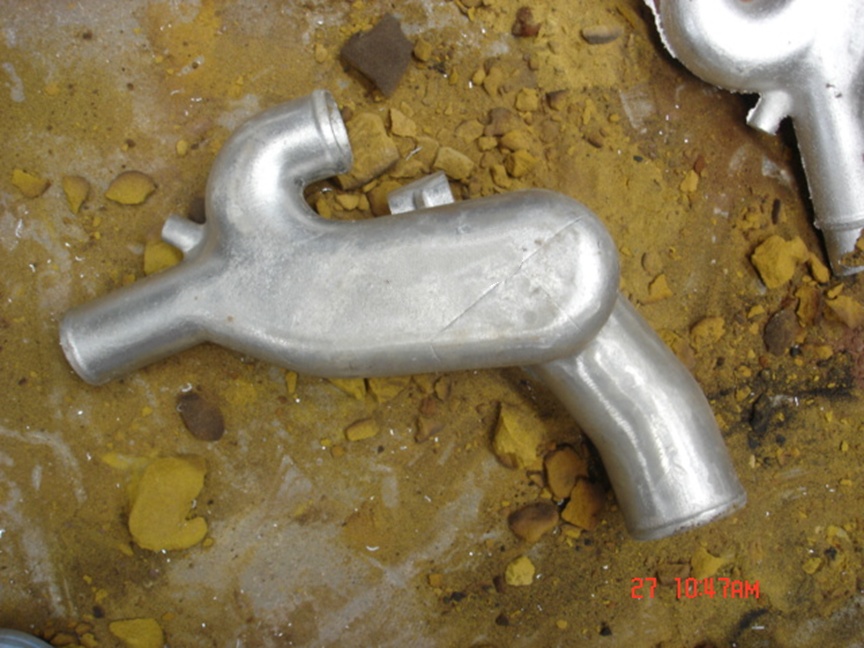
Material and process
Material introduction
The plenum is made from aluminum material.High-grade aluminum alloys are chosen for their lightweight properties, excellent thermal conductivity and corrosion resistance. Aluminum's machinability allows for post-casting refinements, ensuring tight tolerances for seamless integration with other intake components.
Process introduction
Sand Casting is a long history and widely used casting process. It forms a cavity through a sand mold and pours molten metal into it to cool and solidify. It is suitable for the production of various metal materials, such as cast iron, cast steel, aluminum alloy, copper alloy, and complex-shaped parts.
Making molds
The process begin with making the outer mold, the outer mold is made from steel material.

intake manifold phenum outer mold-1

intake manifold phenum outer mold-2
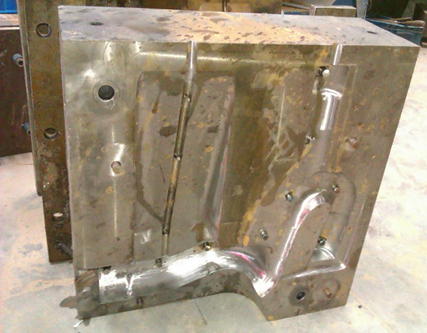
intake manifold phenum outer mold-3
Next we move up to make the sand core mold. According to the shape and size of the casting, a model consistent with the shape of the casting is made to form the cavity of the sand mold. If there are holes or complex cavities inside the casting, a core box needs to be made, and the sand core will be placed in the sand mold to form the inner cavity of the casting. The pattern and core mold need to take into account the shrinkage rate of the molten metal, and their dimensions should be slightly larger than those of the casting. The surface needs to be smooth to ensure the accuracy of the sand mold cavity. Here are the pictures of the sand core mold:
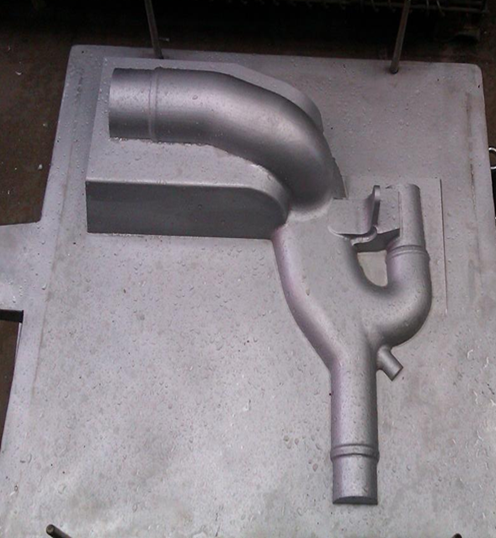

Manufacturing process
The mixture used for making sand molds mainly consists of quartz sand, binders, such as clay, resin, water glass, etc., and additives. The mixture used for manufacturing sand cores, which requires higher strength, air permeability and collapsibility, and usually has a higher proportion of binder. Mix sand, binder and additives in proportion, and stir evenly through a sand mixer. Control the moisture content and compaction to meet the molding requirements.
Fill the core sand into the core mold and compact it by means of core shooting. If binders such as resin or water glass are used, the sand core needs to be hardened by heating or blowing air to enhance its strength. After removing the sand core, trim the burrs. Some sand cores need to be dried to remove moisture and prevent the formation of pores during pouring.
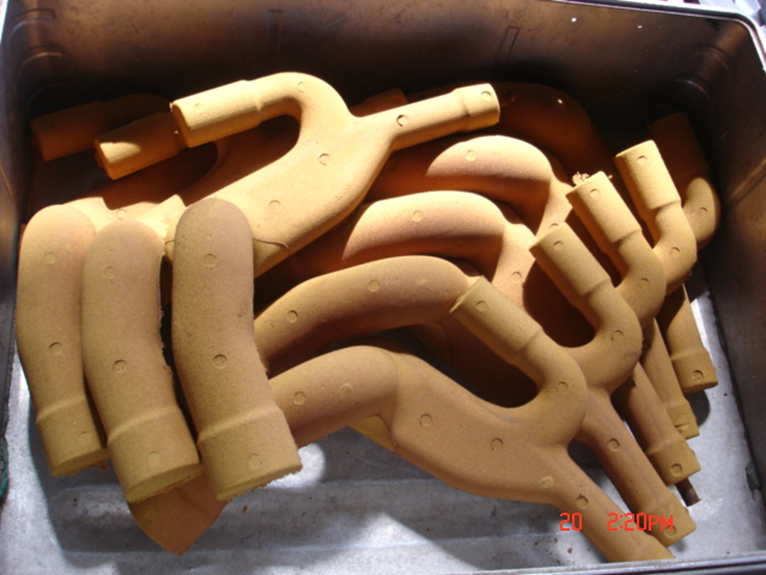
Place the sand core into the cavity of the sand core mold, ensuring its accurate position, to form the inner cavity or complex structure of the casting. Close the upper and lower sand boxes to combine the cavity and core of the sand mold into a complete casting mold. Fix the sand core mold with clamps or bolts to prevent the wrong boxes or fire leakage during pouring.
The aluminum raw materials are heated to a liquid state in a furnace, impurities are removed, and the composition and temperature are adjusted. Pour qualified molten aluminum smoothly into the cavity of the mold along the runner to ensure that the cavity is fully filled with molten metal and avoid defects such as underfilling and cold shuts.
Rough castings
After the casting cools to a certain temperature, break the sand mold and remove the casting. Below is the picture of rough castings:
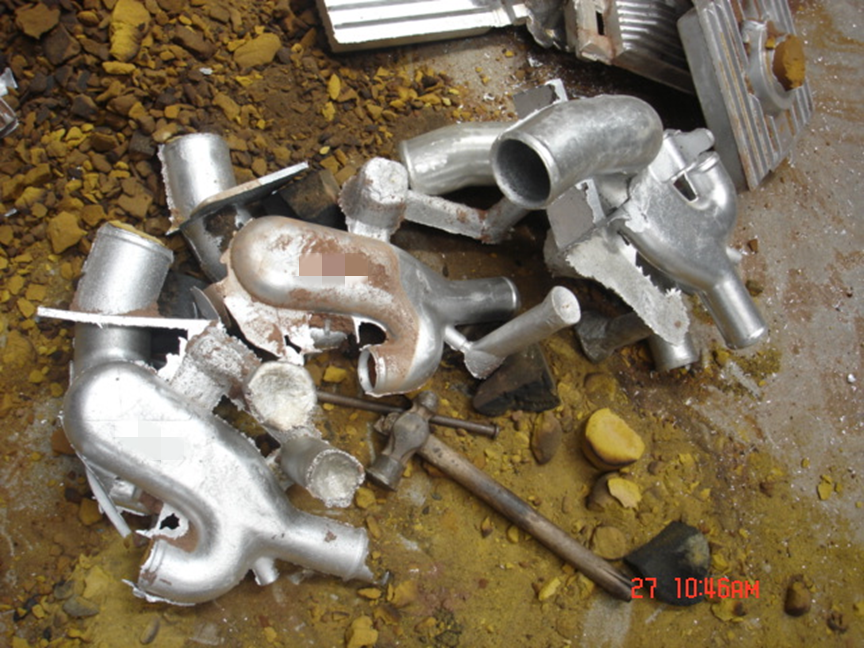
Remove the residual molding sand and sand core on the surface of the casting. Remove the gate and riser, grind burrs and flash to make the surface of the casting smooth.

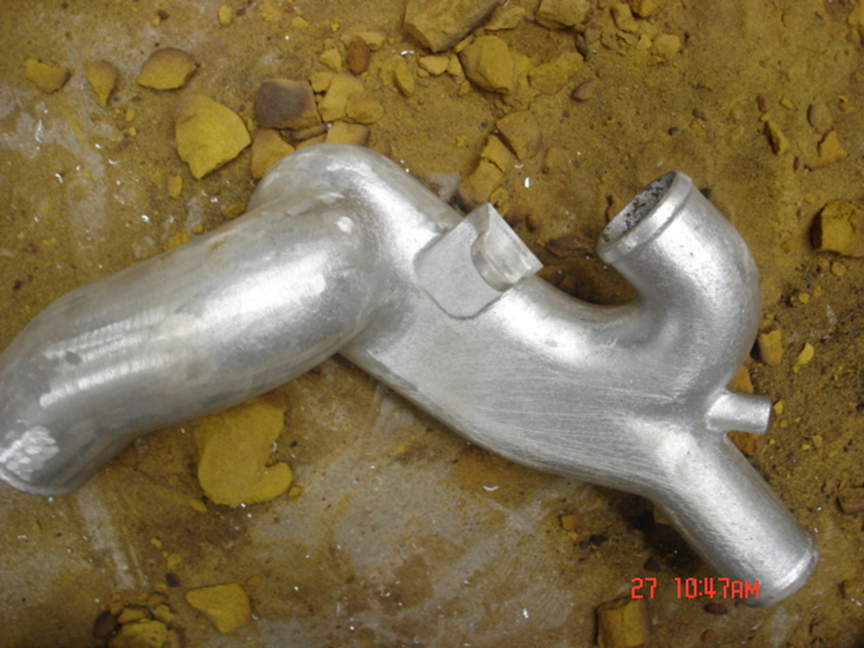
Post Treatment
The plenums after shot blasted, there are not uniform surface and the customer has high requirement of surface:
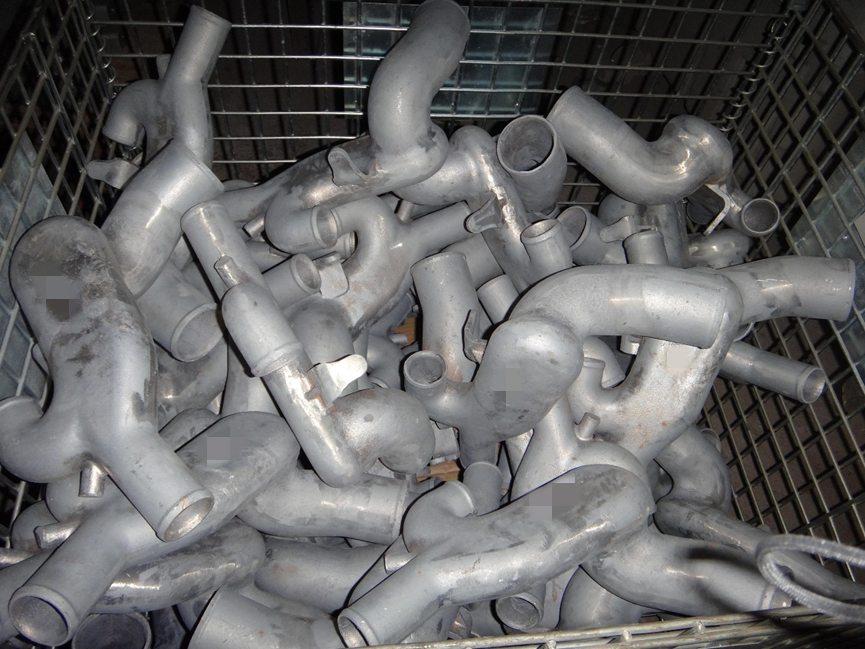

Finally these intake manifold plenum are sent for polishing treatment, check from below pictures:
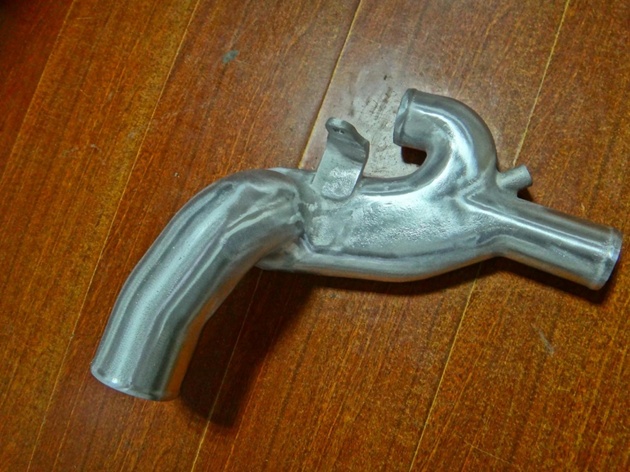
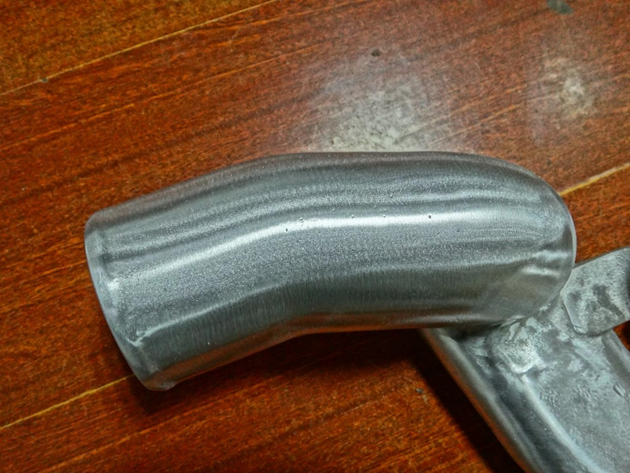
Packing
Each item is packed individually in a bubble bag and place them into wooden cases. The wooden cases are made of composite boards and are exempt from fumigation. This packaging method ensures that each product is well-protected against impacts and vibrations during transportation.
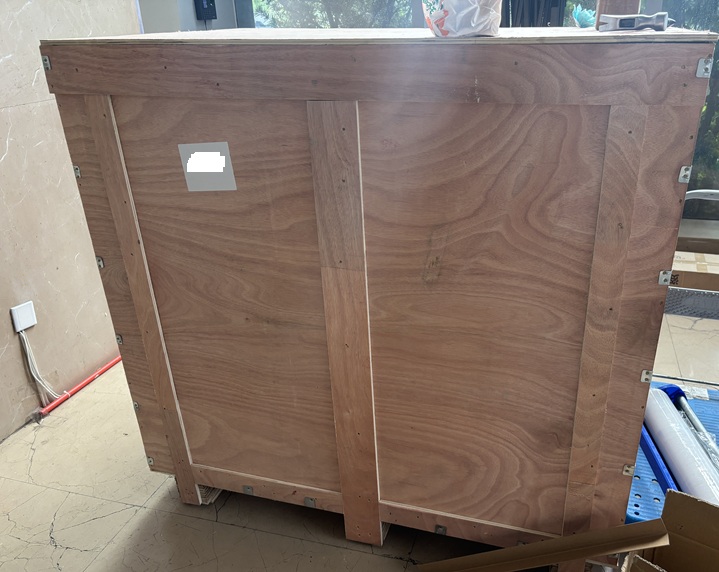
English
العربية
Français
Русский
Español
Português
Deutsch
italiano
日本語
한국어
Nederlands
Tiếng Việt
ไทย
Polski
Türkçe
አማርኛ
ພາສາລາວ
ភាសាខ្មែរ
Bahasa Melayu
ဗမာစာ
தமிழ்
Filipino
Bahasa Indonesia
magyar
Română
Čeština
Монгол
қазақ
Српски
हिन्दी
فارسی
Kiswahili
Slovenčina
Slovenščina
Norsk
Svenska
українська
Ελληνικά
Suomi
עברית
Dansk
Afrikaans
Gaeilge
Eesti keel
latviešu
Беларуская мова
Български
Català
Lietuvių
Lëtzebuergesch
Македонски














































